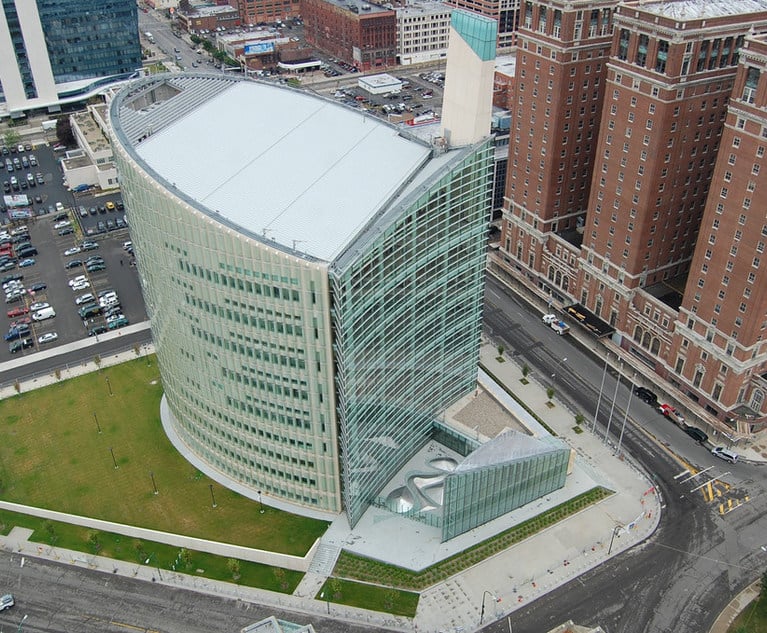Heat causes more deaths in the U.S. than any other natural hazard—more than floods, hurricanes, or tornadoes. As a result of climate change, it is getting worse. Average annual temperatures are now about 1.8°F higher than they were over the period 1895-2016, they will go up to about 2.5°F by mid-century, and if greenhouse gas emissions continue on the current path, they could rise almost 12°F by 2100, and heat waves that now occur once every 20 years could become annual events, according to the U.S. Global Change Research Program.
It is even worse in cities due to the urban heat island effect. Dark pavement and rooftops, cement, and other artificial surfaces absorb the heat of the sun; vehicle engines and air conditioning exhausts spew heat; soil that has been paved over can no longer retain and then evaporate water. Many U.S. cities and suburbs are up to 10°F warmer than the surrounding countryside. Even one or two degrees can make a significant difference in mortality.


 Michael B. Gerrard and Edward McTiernan
Michael B. Gerrard and Edward McTiernan




